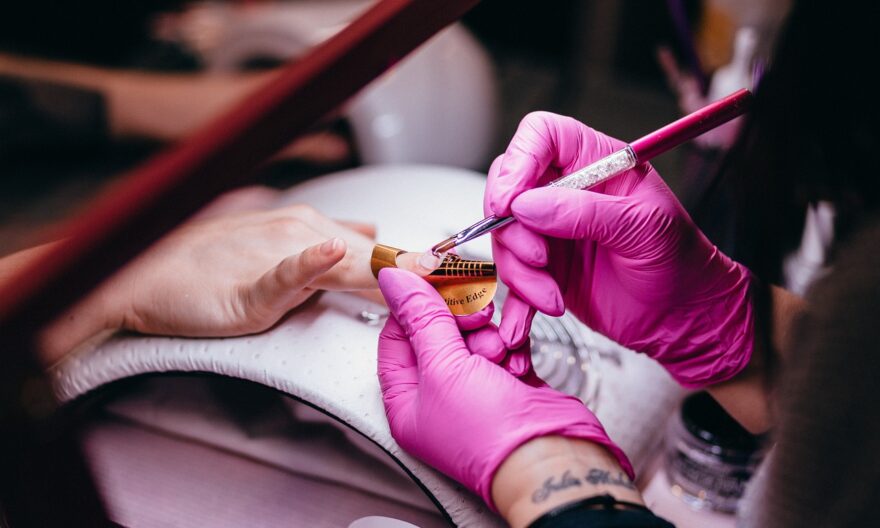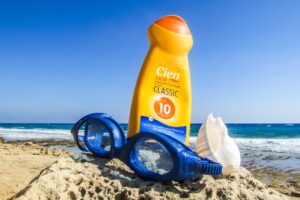
Recent investigations into nail dryers might lead you to question the safety of routine gel manicures and pedicures.
A study in Nature Communications has unveiled concerning evidence suggesting that nail dryers emit radiation capable of damaging DNA and potentially causing cancer.
Specifically, the devices commonly emit Ultraviolet A (UVA) light, and recent reports indicate that prolonged use may elevate the risk of skin cancer. UVA light, which also contributes to wrinkles, sun spots, and premature aging, is the same type of light found in sunlight.
Researchers exposed both human and mouse cells to this UV light, discovering that a brief 20-minute exposure led to a 20% to 30% cell death rate. Prolonged exposure escalated this to a 70% cell death rate, with the surviving cells sustaining DNA damage.
The UV light utilized in nail dryers closely resembles natural sunlight’s UV light, yet it can penetrate the skin more deeply.
However, it’s crucial to acknowledge a key limitation of the study: it employed cells in a lab dish, and findings may not directly translate to effects on living humans or animals.
Nonetheless, this study, along with prior cases linking UV nail dryers to skin cancer, underscores the need for caution when subjecting your hands and fingers to UV light.
In a report by CNN, one of the researchers added: “The findings add to existing data on the harmful effects of UV radiation and demonstrate direct harm to cells and tissues that can result in skin cancer.”
“The findings contribute to data already published regarding the harmful effects of (ultraviolet) radiation and show direct cell death and damage to tissue that can lead to skin cancer.”
“When we’re doing it (irradiating) inside human hands, there’s definitely a difference. Most of the UV irradiation is absorbed by the top layer of the skin. When you irradiate cells in the petri dish directly, that’s slightly different. You don’t have any protection from the skin, from corneocytes or the top layers. It’s also very direct UVA irradiation.”
To shield your hands from UV damage, The Skin Cancer Foundation advises applying a broad-spectrum sunscreen 20 minutes prior to a gel manicure.
For a safer alternative during a regular manicure, allowing your nails to air-dry naturally without utilizing drying lamps or using an air blower or fan without UV lights is recommended.
Additionally, applying broad-spectrum sunblock around your nails and opting for UV gloves with exposed fingertips during the nail-curing process can offer protection. Some salons utilize LED lights, emitting minimal to no UV light, presenting a safer choice.



